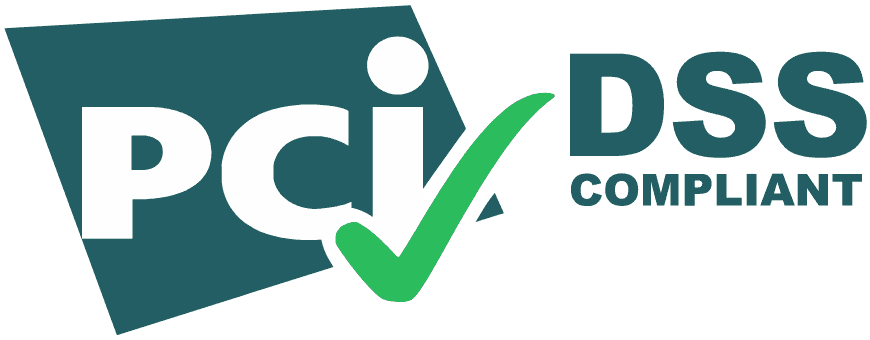Re-KYC: Periodic Update of KYC Details
In an age where transactions, investments, and banking activities have become an integral part of our daily lives, ensuring the security and accuracy of your financial information is paramount. That’s where the Know Your Customer (KYC) process steps in, acting as a protective shield for both you and your Bank. Know Your Customer or commonly known as KYC, is the process that Bank uses to verify the identity of its customers. It’s like a safety net, ensuring your financial transactions are secure and that you’re not a victim of identity theft or fraud.
But, life is ever-changing, you might move to a new address, get married or get a new phone number. This is where the concept of Re-KYC, or the periodic update of your KYC details, becomes vital. Think of it as a regular health check-up for your financial profile, ensuring everything stays up-to-date and in perfect working order. Re-KYC helps ensure that your bank always has your most current information. Up-to-date KYC details mean you won’t encounter unnecessary roadblocks when conducting transactions or accessing services. It’s like greasing the wheels of your financial journey.
How Does Re-KYC Work?
The Re-KYC process is usually a straightforward one. The bank will intimate customers through an authenticate source, as & when it’s time for regular updation.
You’ll need to provide some documentation to confirm your updated details. This could include proof of your new address, identity, or any other changes you’ve made. As per RBI guidelines, OVD (Officially Valid Documents) such as
- Passport
- Driving licence
- Voters’ ID card
- Proof of possession of Aadhaar number
- Job Card Issued by NREGA signed by a State Government official
- Letter issued by National Population Register containing details of name, address
can be used for KYC purpose of resident individuals.
Click here for KYC requirements for different types of customers.
Now, banks have also introduced various avenues to make the process of Re-KYC easy for customers. In case there is no change in KYC details as already given to the bank, Indian Bank has given the options (not limited to) of:
- SMS
- IndOASIS app (can be installed from both Google Play Store and iOS app store)
- Bank’s website
- ADYA (Chatbot) or QR Code displayed at branches
- Net Banking
to its customers for completing their periodic Re-KYC. Indian Bank account holders can keep their KYC updated without the hassle of visiting branches, if no change is there in existing KYC information.
SMS Facility: From the registered mobile numbers, account holders can send message to 9677633000 in the format:
REKYC<space>NOCHANGE<space>CIF number
E-Mail Facility: From the registered mail ID, account holders can send e-mail to bank’s dedicated mail id rekyc@indianbank.co.in in the format:
REKYC<space>NOCHANGE<space>CIF number
The above mentioned format for e-mail facility should be filled by the customers in the place for ‘SUBJECT’ of the mail itself and there is no need to enter anything in the body of the mail i.e. it should be left blank.
For any further assistance, customer can call on toll free no. 1800 4250 0000.
However, if there is any change in the KYC details from the one submitted to the bank previously, visit your home bank branch for KYC updation i.e., Re- KYC.
(click here to locate the Indian Bank branches).
Handy Tips for a Smooth Re-KYC Experience
- Be attentive: Pay attention to the communication from the bank. They’ll provide clear guidance on what’s needed for your Re-KYC. For any doubt, please contact your branch.
- Be proactive: If you’ve had any significant life changes, don’t wait for a reminder. Reach out to the bank and ask about updating your KYC information.
- Stay organized: Keep important documents in a safe & readily accessible place. Having these handy will make the Re-KYC process a breeze.
RBI’s “100 Days and 100 Pays” Initiative
Reserve Bank of India (RBI), India’s central bank, has launched an ambitious campaign called “100 Days and 100 Pays”. The primary objective of the initiative is to track and resolve the top 100 unclaimed deposits from each bank in every district throughout the country within a span of 100 days
This campaign was launched to ensure that the deposits return to its rightful owner or claimants. These deposits pertain to savings and current accounts that have remained dormant for a period of 10 years, as well as term deposits that have not been claimed within 10 years from their date of maturity. The amount in these dormant accounts is sent to DEAF (Depositor Education and Awareness Fund Scheme) account after crossing the dormancy threshold of 10 years, per RBI guidelines.
A customer can also take an active role and reach out to their bank to check whether their amount/account is on the unclaimed depositor list or not. They can also access RBI’s central portal UDGAM (Unclaimed Deposits Gateway to Access inforMation) which enables them to search their unclaimed deposits across multiple banks at one place. Generally, our banks publish the DEAF list in their websites. In the event that the account is indeed on the DEAF list, the customer can reclaim their funds by providing the necessary KYC documents to the bank. However, it’s worth noting that the associated hassle and potential loss of funds can be effortlessly averted simply by keeping the account’s KYC information current and up-to-date.
So, remember to stay updated and keep your KYC updated. In the same way that you wouldn’t neglect regular check-ups with your doctor to safeguard your health, make sure not to overlook your financial health assessments as well. Your future you and near & dear ones will thank you for the peace of mind and security of a well-maintained and up-to-date financial profile. Happy banking!
Indian Bank. “Your Own Bank, Always With You”
Disclaimer: https://indianbank.in/departments/disclaimer/
( Last modified on Nov 28, 2023 at 11:11:48 AM )






